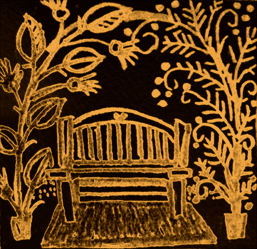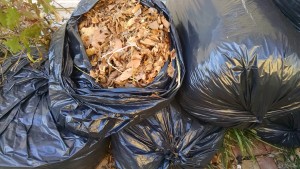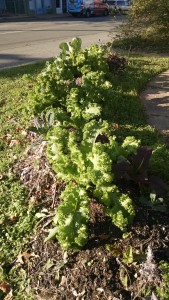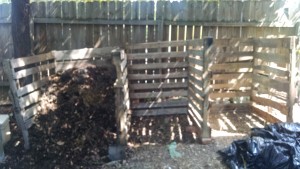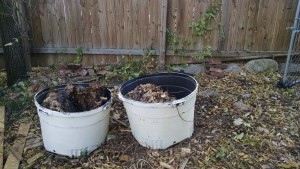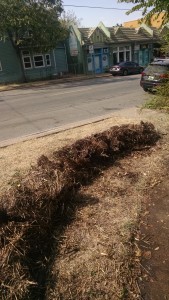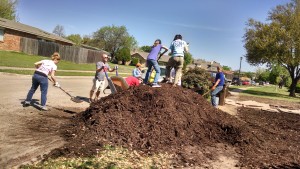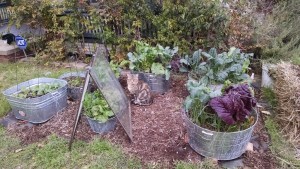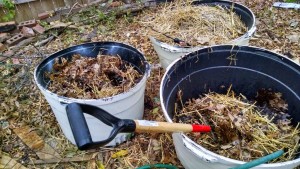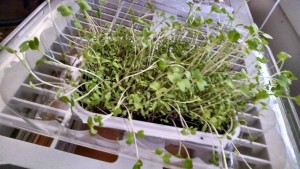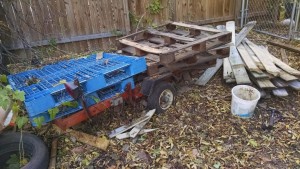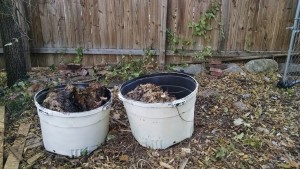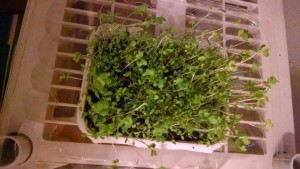Now is the time to gather the leaves for your compost pile – I see bags and bags on the streets, and they will be picked up and gone to the landfill and not available until next year! You need those leaves for mulch for your plants as well as compost. AND, if you start your compost pile now, you should have rich, rich black compost with which to mulch your spring garden!
My friend Melanie, a Master Composter, will be teaching a class on composting at Trinity Haymarket (1715 Market Center Blvd in the Design District in Dallas) on Saturday, February 21, at 10 am. It’s free and she is a great teacher.
In addition, Trinity Haymarket is taking orders for worms (for vermicomposting) as well as worm castings (Wow! do plants love those!) for delivery on February 21. The worm products are from Texas Worm Ranch, owned and run by Heather Rinaldi. Located in Garland, she also has some dynamite classes for gardeners.
If there is one thing that is most important for the garden, it’s COMPOST! And it doesn’t need to cost anything. You just use the materials you have around the house. Compost happens when carbon and nitrogen-based materials are broken down by bacteria and fungi and become rich, black soil.
You can see compost when you go to a forest, and dig down a bit into the ground under foot. It has happened slowly, as leaves and other matter have been deposited and then moistened with rains and decomposed. It’s a natural process. 
All that you need is a place to start a pile – you can make it simple, like the photo which shows my friends’ wire bins, or you can buy a really nice aerating compost cage or a compost tumbler. It just depends on how much time you have (do you want compost really quickly, or can you wait a few months?).
What goes into compost? The rule of thumb is 3 parts brown to 1 part green. As you build the pile, you should water it down – not wet as in dripping, but moist like a wet sponge. It will help the little microbes get going better. A dry pile doesn’t work or heat up very well. And if you want compost in about a month or so, then you have to turn it and make sure everything is moist as you turn it.
There’s a list of the browns and greens below as a guide for you.
Browns (these are carbon sources)
cardboard (shredded is best)
wood ash (but not much)
dead, woody plants (chipped/shredded trees, brush)
leaves – dry, yellow or brown
grass – brown only
sawdust
straw
dryer lint, vacuum cleaner waste
paper or wood products –(e.g., shredded newspaper, magazines if not too much slick paper)
natural fibers – cotton (100%), wool, silk
Greens (these are nitrogen sources)
grass clippings
hay
fresh green leaves
manure
kitchen scraps – no meat
coffee grounds/tea bags – make sure filters are biodegradable
Items NOT to add:
Animal products (e.g., meat, cheese) – they can introduce disease and unwanted bacteria as well as attract critters to your pile.
Diseased plants – these can pass diseases to your garden through the compost. The only way to do away with diseases (and weed seeds) is to make sure your compost pile heats up.
Sawdust and wood shavings are okay, as long as they do not include things like bois d’arc, or cedar because these tend not to decompose easily, nor do they encourage micro-organisms.
The Smaller the Better
When putting items on the compost pile, think smaller – break or shred or chop larger items so that there is more surface area for the microbes to act upon. The bigger the pieces of material, the longer they take to break down.
When you turn your pile, break up any clumps that you find.
Turn Your Pile Often
This keeps things moving and aerates. It also lets you see how the pile is working. An aerated pile heats up with the microbial activity. And you’ll know when it’s done because it will be crumbly black and rich, and smell earthy. 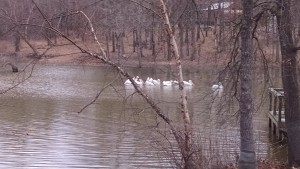
Just a side note, while I was out visiting my friends in East Texas, not only did I notice their great, simple compost bins, but I also watched the pelicans who inhabit their little lake, taking advantage of the plentiful fish. It was a pleasant, peaceful time. I sometimes forget about the wonderful places in this great state of Texas!
